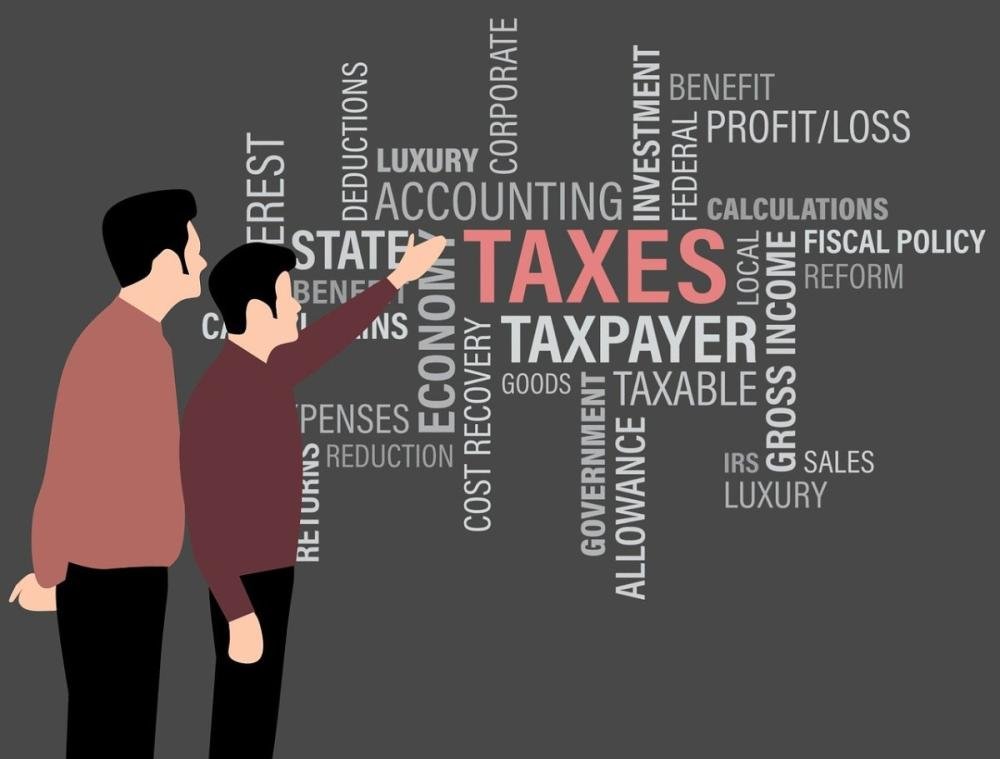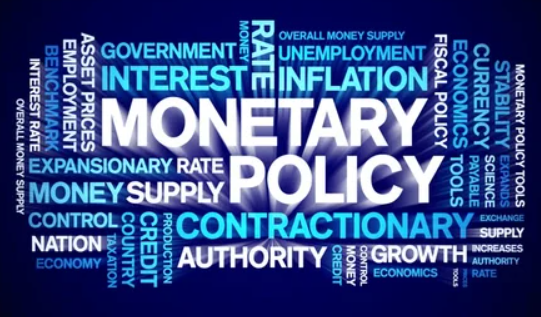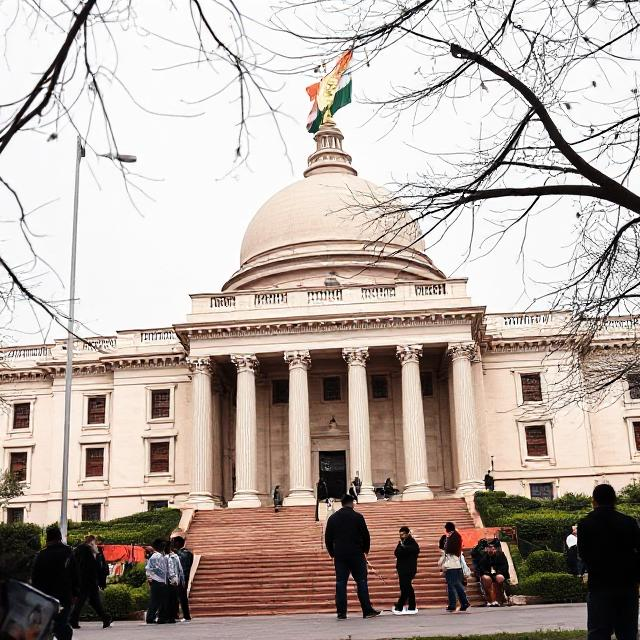INDIA’S BALANCE SHEET AS OF OCTOBER 2023 – WILL THE FISCAL DEFICIT TARGET BE MET?
The Central Government’s Public Finance figures till October of FY24 have been provisionally released by the Controller General of Accounts (CGA).
The numbers are shown in the Table below.
Data Source: Rediff
A. TOTAL REVENUE – The total revenue receipts during the period till October of FY24 stood at Rs 15.9 trn against the Budget Estimate (BE) of Rs 27.16 trn. This works out to 58.6% of the BE as against the 60.6% in FY23.
The breakdown of the collections is discussed hereunder:
1. Tax Receipts – Gross tax collections during the period April – October of FY24 was Rs 18.3 trn which represents an increase of 14% over the corresponding period of FY23. Post devolution to the states, the amount in the centre’s coffers was Rs 13 trn which was 56% of the BE against 61% in FY23. This may be a cause for worry as CPI inflation has not yet stabilized which may impact consumption and hence indirect tax collections.
2. Non-Tax Revenue – Transfers from the Reserve Bank of India and higher dividends from PSUs were the factors which helped in achieving 88% of the BE against 66% in FY23.
3. Non-debt Capital Receipts – The performance on this front, which includes Rs 50,000cr disinvestment target, has been worrisome. As of October’23, the total funds raised from disinvestment stood at Rs 8,000cr which represents 16% of the BE. The Department of Investment and Public Asset Management (DIPAM) had banked majorly on the Centre’s stake sales in IDBI Bank Ltd and NMDC Steel Ltd during FY24. Both these have stalled due to various reasons. Unless the Centre comes up with alternative plans and executes them in the remaining months, the FY24 target may not be met. It is worth noting that except for FY19, when the government managed to raise Rs 89,000cr against the disinvestment target of Rs 80,000cr, in all the subsequent years the collections have fallen short of the target.
B. TOTAL EXPENDITURE – Total expenditure for the period April’23-October’23 stood at Rs 23.94trn against the BE of Rs 45.03trn representing 53.2% of BE as against 54.3% of FY23.
1. Revenue Expenditure – The Centre seems to have kept a check on the expenditure, having spent Rs 18.47trn against the BE of Rs 35.02trn. This works out to 52.7% of the BE against 54.3% in FY23. The continuing crisis in the Middle East coupled with the LPG and Food subsidy announced by the government recently could be a possible downside to achieving the expenditure target.
2. Capital Expenditure – Against the BE of Rs 10trn the total capex till October’23 stood at Rs 5.46trn. The expenditure represented 54.7% of the BE and was similar to the figure in FY23.
C. OUTLOOK FOR THE FUTURE – The economy is currently facing a lot of headwinds. The continuing Ukraine war and the geo-political situation in the Middle East could have an adverse impact on crude prices. On the internal front, CPI inflation, especially in food prices, continues to be a cause of concern and remains above the threshold set by RBI.
Further, there is the possibility of the government coming up with supplementary demands during the budget session to meet additional expenditures in the Q4FY24. The government appears to be hopeful that buoyancy in the tax revenue would offset any increase in the expenditure and help in keeping the deficit under manageable limits.
The fiscal deficit as of the end of seven months of FY24 stands at Rs 8.03trn against the BE of Rs 17.88trn for FY24. As things stand and barring unforeseen developments, on both the internal and external fronts, there is a strong likelihood of the Central Government achieving its target of keeping the fiscal deficit at the targeted 5.9% of the GDP.
Disclaimer: This article is for informational purposes only. The views and opinions expressed in this article belong solely to the author of the article and do not necessarily represent the views and opinions of MITRAA. The author and MITRAA do not assume any responsibility for the loss or damages to any person acting purely based on this article without obtaining any professional advice.






